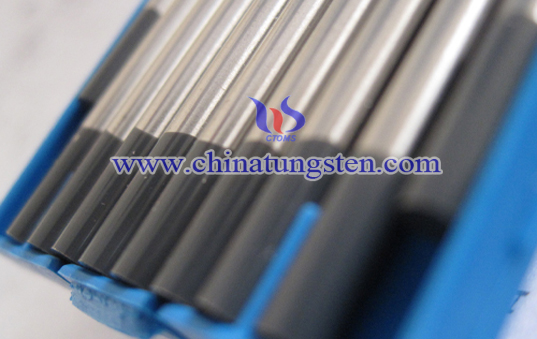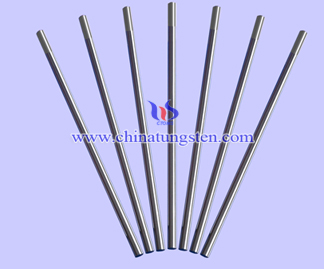Cerium Tungsten Electrode

Introduction
Cerium tungsten electrode contains a cerium oxide additive. This type of tungsten electrode was launched in the 1980s with the gray electrode tip, it enjoyed a great popular by manufacturers after launching. No radioactive element is the main reason of the popular of cerium tungsten electrodes. It can be made through powder metallurgy and rolling grinding and polishing. Thanks to its small dimensions arc current, cerium tungsten electrode is mainly applied to welding process of pipes and stainless steel products.
Trademark
Cerium tungsten electrode is an alloy electrodes, which contains cerium oxide. The main content of cerium oxide is between 1.80-2.20%, so it is classified into the following grades.
| Code | Impurity Content% | Other Impurity% | Electric Discharged Power |
| WC20 | 1.80-2.20 | <0.20 | 2.7-2.8 |
Charateristics
Cerium tungsten electrode is mainly used to replace thoriated tungsten electrodes, which generally contains 2% cerium oxide. In the case of lower voltage, it is very easy to arc. Compared to pure tungsten electrode, cerium tungsten electrode has lower burn rate and evaporation rate. And these excellent properties will continue to increase depending on the content of cerium oxide. At low voltage, the life time is much longer. This electrode has no radiation, and has a lower melting rate with long life time. In addition, it also has some very outstanding chemical properties: small cathode spots, pressure drop, no burning.
Application
Because of the excellent properties of cerium tungsten electrode, it is mainly used in carbon steel, stainless steel, silicon, copper, bronze and other materials welding. Welded pipes often adopt cerium tungsten electrodes. All in all, the type of tungsten electrode is mainly used in DC welding. Since AC welding, cerium tungsten electrodes will be very prone to splitting.
Content
Cerium tungsten electrode mainly contains about 2% cerium oxide. Cerium oxide is an egg yolk or tan powder substance, mainly used for the glass industry additives. It has been developed to apply for glasses, optical lenses, CRT grinding of bleaching, ultraviolet radiation of glasses and electron beam absorbing.

